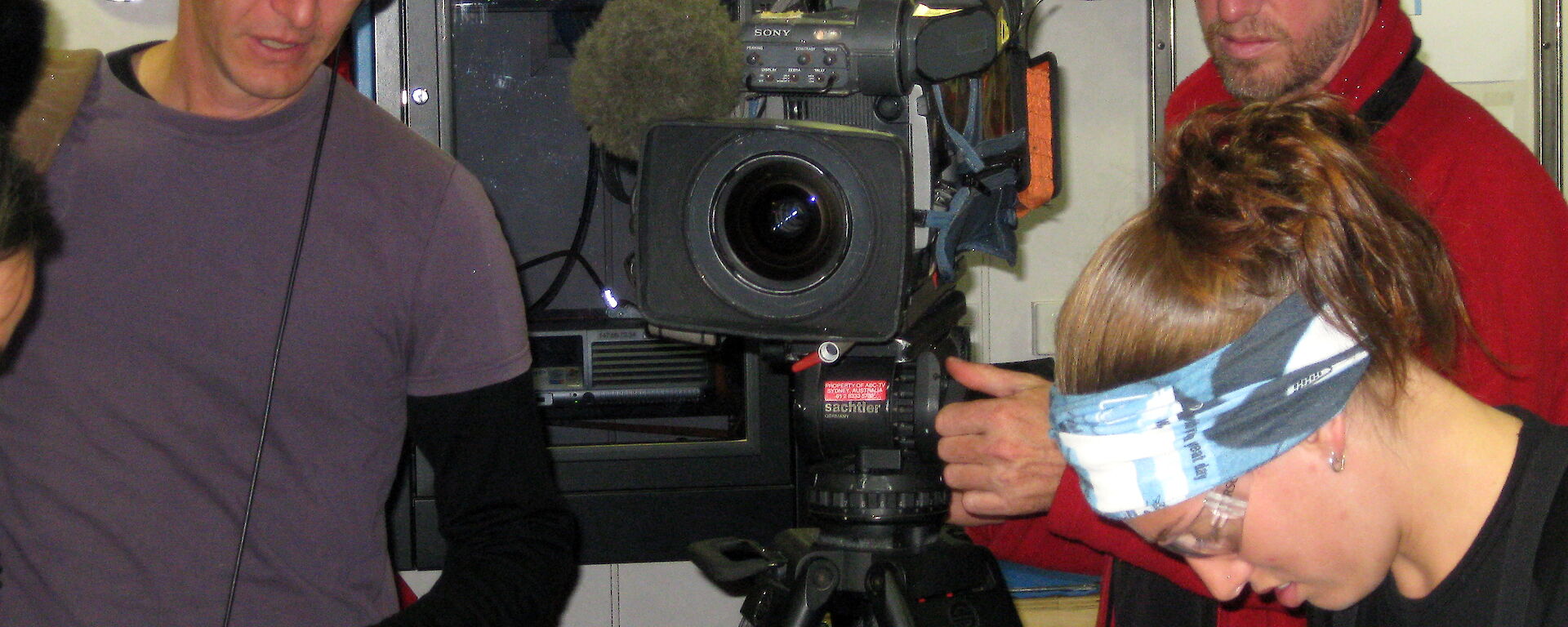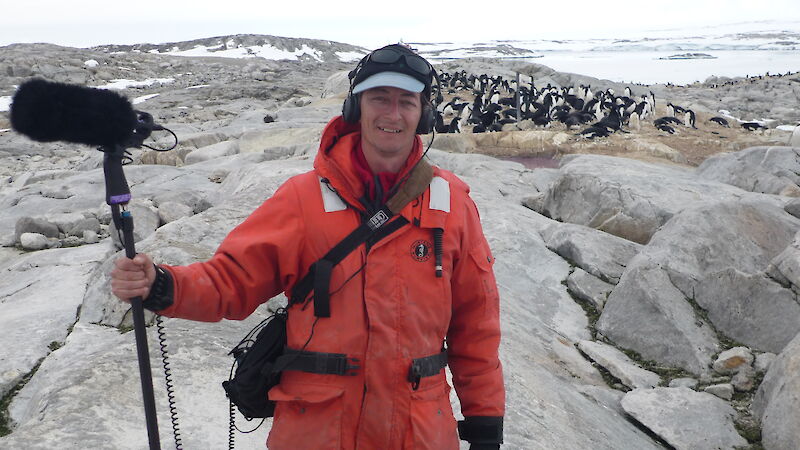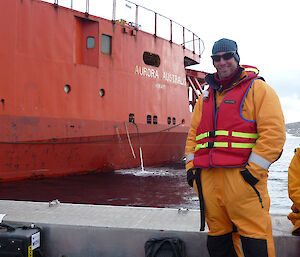One of the hardest things about visiting Antarctica is answering the inevitable question when you return: ‘what’s it like?'
I’m still grappling with how best to describe it, after travelling on the Aurora Australis to Casey and Davis stations at the invitation of the Australian Antarctic Division earlier this year. I've been reliving it for months in my role as producer for the ABC television science show, Catalyst, as I log the mountain of tapes, write scripts, edit the stories, and watch them go to air.
To my mind, Antarctica is the closest I can come to experiencing another planet without actually leaving this one. And not just because of the hostile climate and the alien landscapes. Getting there and back is like a journey into space — after weeks of transit time in a custom-made vessel, you've got only a few hours on the ground, where you can’t survive without striking heroic poses in a special suit and over-sized boots.
The people and places involved in Antarctic research make this grand enterprise a science journalist’s dream. In our two-person crew, Kevin May was cameraman and I was reporter, producer and sound recordist. Our mission was to bring back four science stories for Catalyst, dead or alive.
We achieved our aim, and more. When making science programs for ABC-TV, the phrase I dread — and hear all too often — is ‘you should have been here last week!' The beauty of being on a scientific research vessel is that there’s no chance of missing the action. In the case of the benthic sampling project, that meant 50 people working 12-hour shifts around the clock for 10 days, while the ship's crew manhandled the beam trawl off the stern and 'flew' it at just right depth along the seabed to bring back samples. The twenty 40-minute tapes we shot, many of them on the trawl deck, became 11 minutes of sparkling science TV called 'Trawl Team'.
With most of our time spent at sea, it's no surprise that two of our stories were about Southern Ocean biology and the impacts of climate change on its ecosystems. Another was on the use of the LIDAR at Davis to scan clouds at the edge of space. Because of the six hour time difference between the ship and Davis in a short stop-over, we didn't get to shoot that one until 3am our time!
Yet another story was about satellite tagging emperor penguins to track their movements. This is where the rule about working with children and animals comes into play — especially migratory birds. The scenery at the Amanda Bay breeding colony (near Davis) was spectacular; our interview with the scientist was animated; but the sea-ice was rotten and the penguins had wisely moved on. The challenge was to use their absence constructively for a story about where ‘Happy Feet’ disappears to, rather than see it as a setback.
While we were welcomed as part of the expedition, Kevin and I were conscious that our need to shoot as much as possible on land was secondary to the essential tasks of the voyage, namely resupply. We were amazed at the willingness of station leaders and others to assist us, in the midst of organised mayhem, whether piping fuel ashore or assisting an international rescue effort for an injured expeditioner.
A request to get a little closer to the local Adélie penguins resulted in a zodiac trip around Newcomb Bay (Casey), out to one of the large breeding colonies at Shirley Island. A C-212 flight preparing for the whale survey offered to fit us in, and strapped in Kev with the back ramp open as we flew over pack ice. A helicopter flight over the Sørsdal and Chaos glaciers gave us amazing footage of iridescent blue pools of glacial melt cascading into crevasses. Thanks to the stations and the crew of the Aurora Australis, these were but a few of many experiences of a lifetime, providing images that will be used by the ABC for years to come. Keep watching Catalyst, 8pm Thursdays on ABC-TV.
MARK HORSTMAN
Science Reporter and Producer, Catalyst
Related links
- View the Catalyst story on Antarctic Glaciers
- View the Catalyst story on ocean acidification
- Mark’s blog and associated videos




